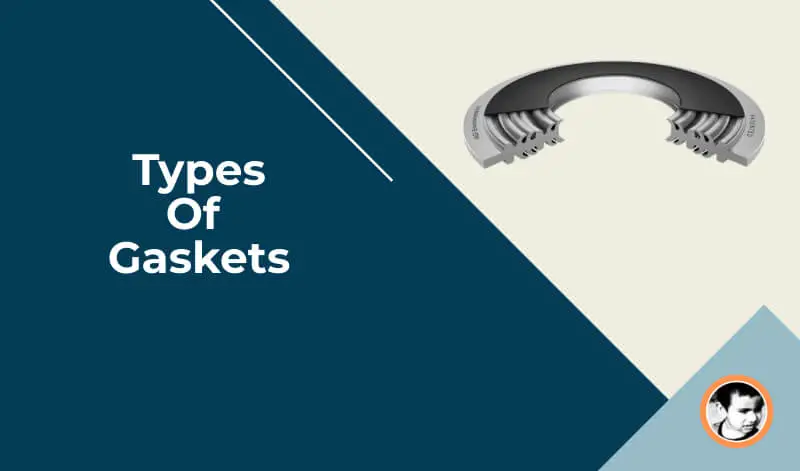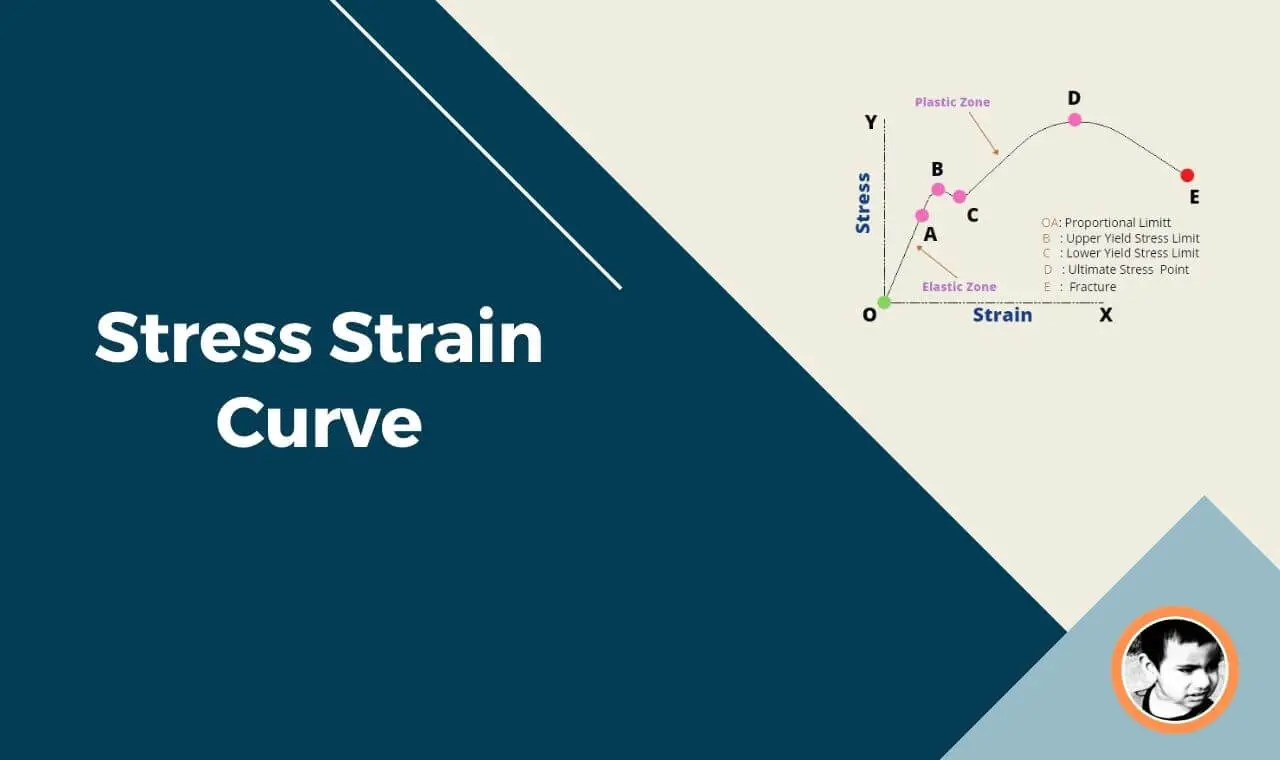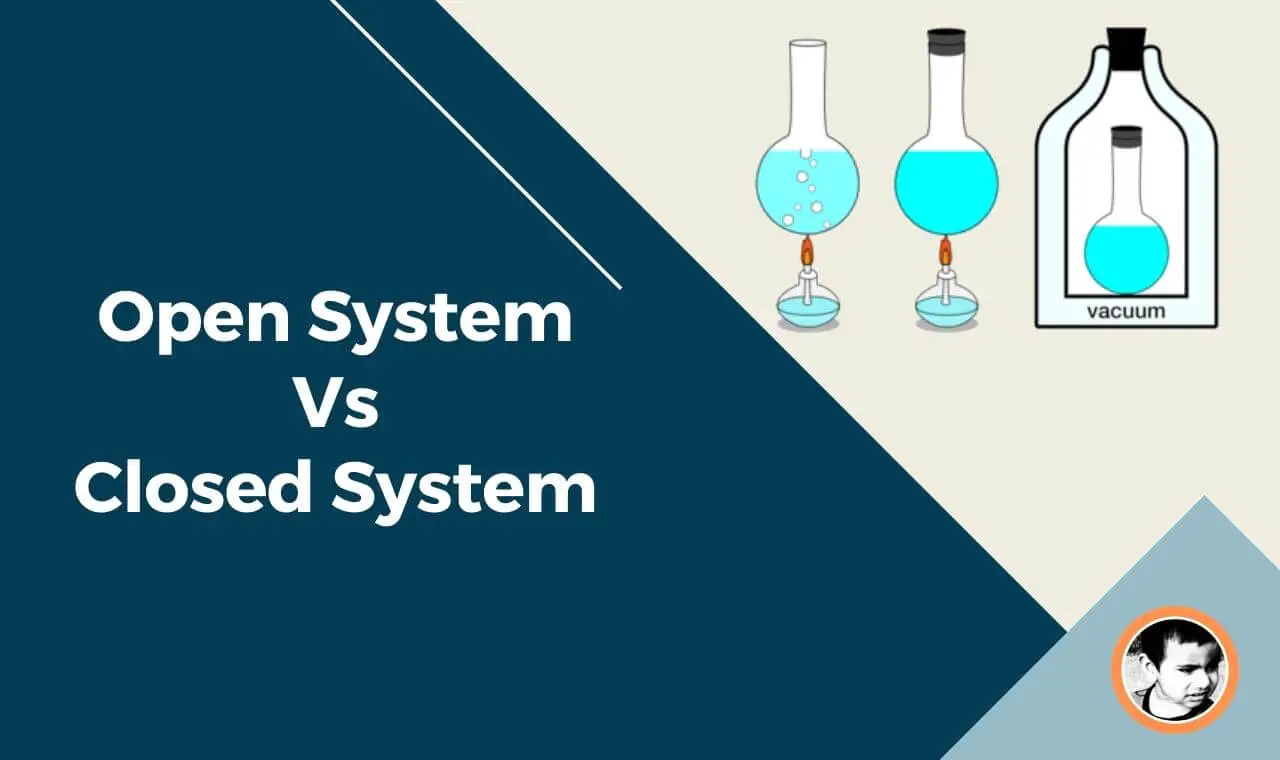Springs are one of the key components of products where motion is involved. Springs stores mechanical energy and releases it whenever it is required. Almost every product has springs nowadays. Our day-to-day products like watches, cellphones use different types of springs. So in this article, let’s talk about different types of springs, their application advantages, and disadvantages.
At the end of this article, there is an option for you to download the types of springs pdf copy for your future reference.
What is a Spring
Spring is a mechanical component which stores mechanical energy when force is applied and release that energy when the load is removed. Spring goes back to its original shape when the load is removed.
Function of springs
- To store energy and release when required.
- To return a component to the original position after the load is withdrawn.
- To reduce shock, impact, and vibration among moving parts
- Reduce the effect of impact loading
- Control the motion as in the case with CAM and follower
- To maintain electrical continuity
- To counterbalance weight
Different types of springs and their applications
Below is the list of different types of springs that most of the industry uses. There are mainly three types of springs which are further categorized into different subcategories.
- Helical Spring
- Leaf Springs
- Disc springs
Helical Spring
Helical springs are made of wires which are coiled into a helix. The cross-section of the wire can be circular, rectangular, or square. Helical Springs are the widely used type of spring in industries.
![Different Types Of Springs: Definition, Types and Applications [PDF] 1 helical spring](https://www.riansclub.com/wp-content/uploads/2020/08/types-of-springs.jpg)
Types of helical spring
Helical Spring is further classified into below four types of springs.
- Compression Spring
- Tension spring
- Torsion spring
- Spiral spring
Compression Spring
Compression springs are a kind of open-coil helical spring that offers resistance to axial compression load. Usually, compression springs are coiled at constant diameter, but variable diameter shape like conical spring is also very widely used. Compression springs are used commonly in the following applications.
- Suspension systems
- Compressor mounting
- Writing pen
![Different Types Of Springs: Definition, Types and Applications [PDF] 2 types of spring](https://www.riansclub.com/wp-content/uploads/2020/08/types-of-springs-1-1024x526.jpg)
Tension Spring
A tension spring is a kind of closed coil helical springs that facilitate tension when external pull force is applied up to a certain length. The main purpose of a tension spring is to allow external forces to create tension, store the energy and use that energy to revert the spring to its original shape, in which force is removed. Tension springs are used in the following applications.
- Weighing machine
- Dishwasher door
- Spring-loaded jaw pliers
![Different Types Of Springs: Definition, Types and Applications [PDF] 3 types of springs](https://www.riansclub.com/wp-content/uploads/2020/08/types-of-springs-3.jpg)
Torsion Spring
Torsion springs are a type of helical springs that exerts twisting or rotary force. In other words, a torsion spring stores rotational energy. The two ends of the torsion springs are attached to two different components, and the spring is responsible to keep both parts at a certain angle irrespective of any other external force.
For example, a torsion spring is a commonly used indoor hinge, when you try to open the door, the torsion spring stores that rotational force. When you release the door, the torsion spring utilizes that rotational energy to bring back the door to its original position. The common application of torsion spring is as follows.
- Door Hinge
- Clipboards
- Safety Pins
![Different Types Of Springs: Definition, Types and Applications [PDF] 4 types of springs](https://www.riansclub.com/wp-content/uploads/2020/08/types-of-springs-4.jpg)
Spiral Spring
Spiral springs are a type of helical springs where rectangular metal strips are coiled into a flat spiral. Spiral springs are designed to store and release a constant amount of rotational force. Due to this special property of the constant amount of rotational force, it is widely used in mechanical watches. Applications of spiral watches are as below.
- Watch
- Toy
- Seat recliner
![Different Types Of Springs: Definition, Types and Applications [PDF] 5 types of springs](https://www.riansclub.com/wp-content/uploads/2020/08/types-of-springs-4-1.jpg)
Leaf Springs
Leaf spring uses a different size of rectangular metal plates ( Called Leaves) sandwiched together. Usually, those metal plates are bolted and then clamped. It is also known as laminated or carriage spring due to its application in heavy vehicles.
![Different Types Of Springs: Definition, Types and Applications [PDF] 6 types of spring](https://www.riansclub.com/wp-content/uploads/2020/05/types-of-springs-6.jpg)
Types of Leaf spring
There are different types of leaf spring available. Below is the list of those types of leaf springs.
- Elliptical Leaf spring
- Semi elliptical leaf spring
- Quarter elliptical leaf spring
- Three-quarter elliptical leaf spring
- Transverse leaf spring
Application of leaf springs
- Car suspension system
- Railway carriage suspension system
- Construction vehicles
Disk Spring
Disk spring uses a convex metal disk stacked together to absorb a high load in a very small space. Often disk springs are used as a single plate or multiple disks stacked together in a series or parallel. Something they are stacked with a mix of series and parallel.
One of the advantages of disk spring is that it can take a high amount of force with a short spring length and minimal movement when compressed. Disk springs are also called Belleville springs.
![Different Types Of Springs: Definition, Types and Applications [PDF] 7 disk spring](https://www.riansclub.com/wp-content/uploads/2020/08/disk-spring-1.jpg)
Types of disk spring
Below are the types of disk springs commonly used in industries.
- Belleville disk spring
- Curved disk spring
- Slotted disk spring
- Wave disk spring
Application of disk spring
- Clutch plate
- High-pressure valve
- Brake assembly
- Valve actuators
- Live loaded joints
Spring Materials
The below list shows common materials used for spring manufacturing. Those are either converted to wire form or strip form before coiled into a spring.
- Stainless steel
- Alloy steel
- Titanium
- Phosphor Bronze
- High carbon spring wire ( Hard drawn)
- Beryllium copper
Advantages of springs
- Provides excellent shock absorbing capability
- It can be used as an alternative to a battery to store energy ( Example: Mechanical Watch)
- Useful for pivoting, locking, latching, holding multiple parts
- Helps in maintaining product stability
- Reduce excessive vibration between parts
- Reduce friction between parts
Disadvantages of Springs
- Expensive machinery required for manufacturing
- Losses the spring effect over the period of time
Conclusion
Springs are used everywhere. Be it in your kid’s ten-dollar toy or your thousands of dollars car. Springs are so essential part of the mechanical industry that every product which has moving parts has spring. So having an idea about spring is a must. Don’t you feel so?
I hope, I could able to give you all the basic insights on springs. As and when you actually work on spring design, you might be able to learn in-depth about spring. But as a casual user, I believe this basic knowledge about spring is more than enough.
Did I miss anything or you have anything to share or correct? Please do write to me your queries or questions in the comment section and I will be happy to reply.
Frequently Asked Questions
What are the different types of springs?
There are mainly three types of spring. Those are further divided into multiple subtypes
1. Helical Spring
2. Leaf Spring
3. Disk Spring
What is the use of spring?
1. To absorb shock
2. To reduce friction and vibration
3. To store energy and release when required
4. To ease in locking, pivoting, holding, etc



